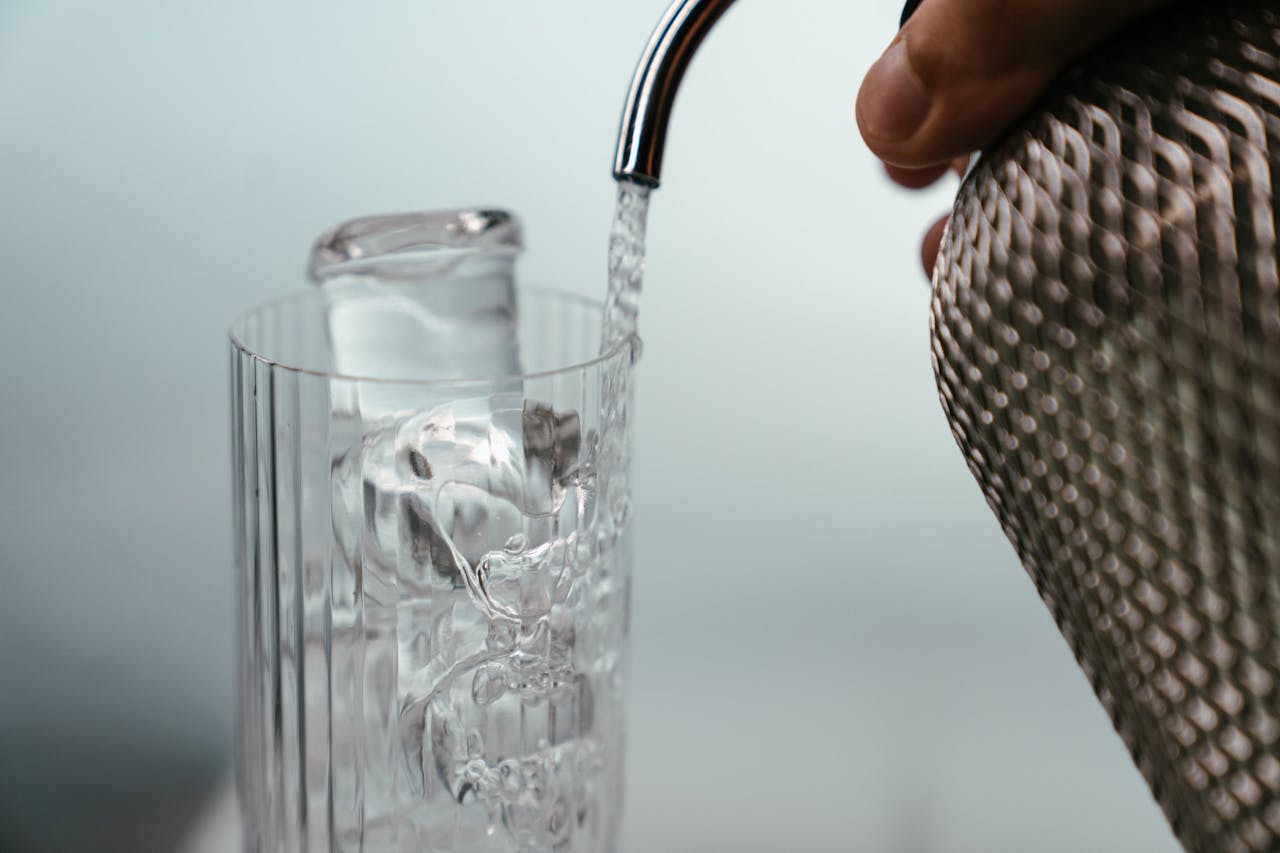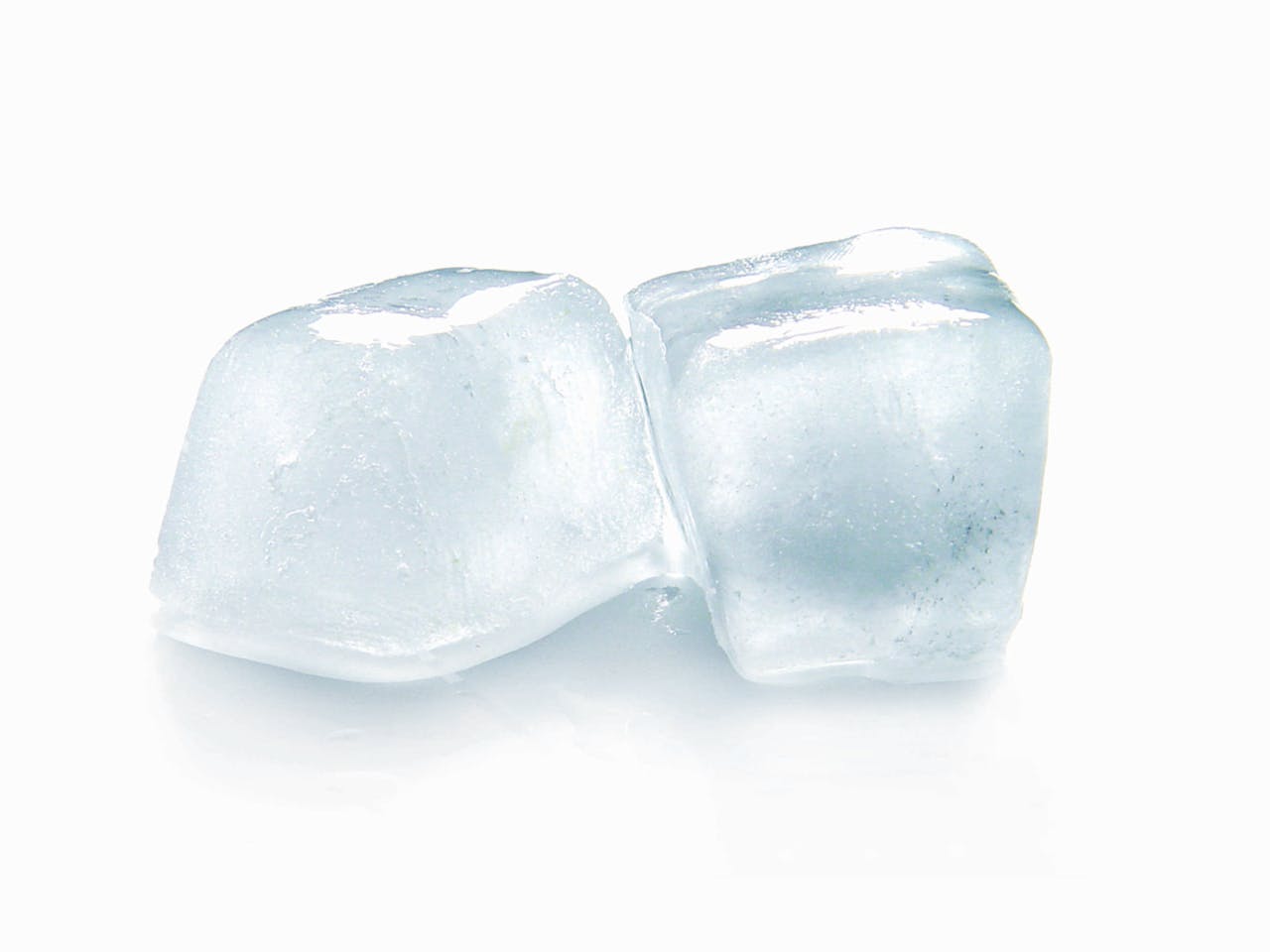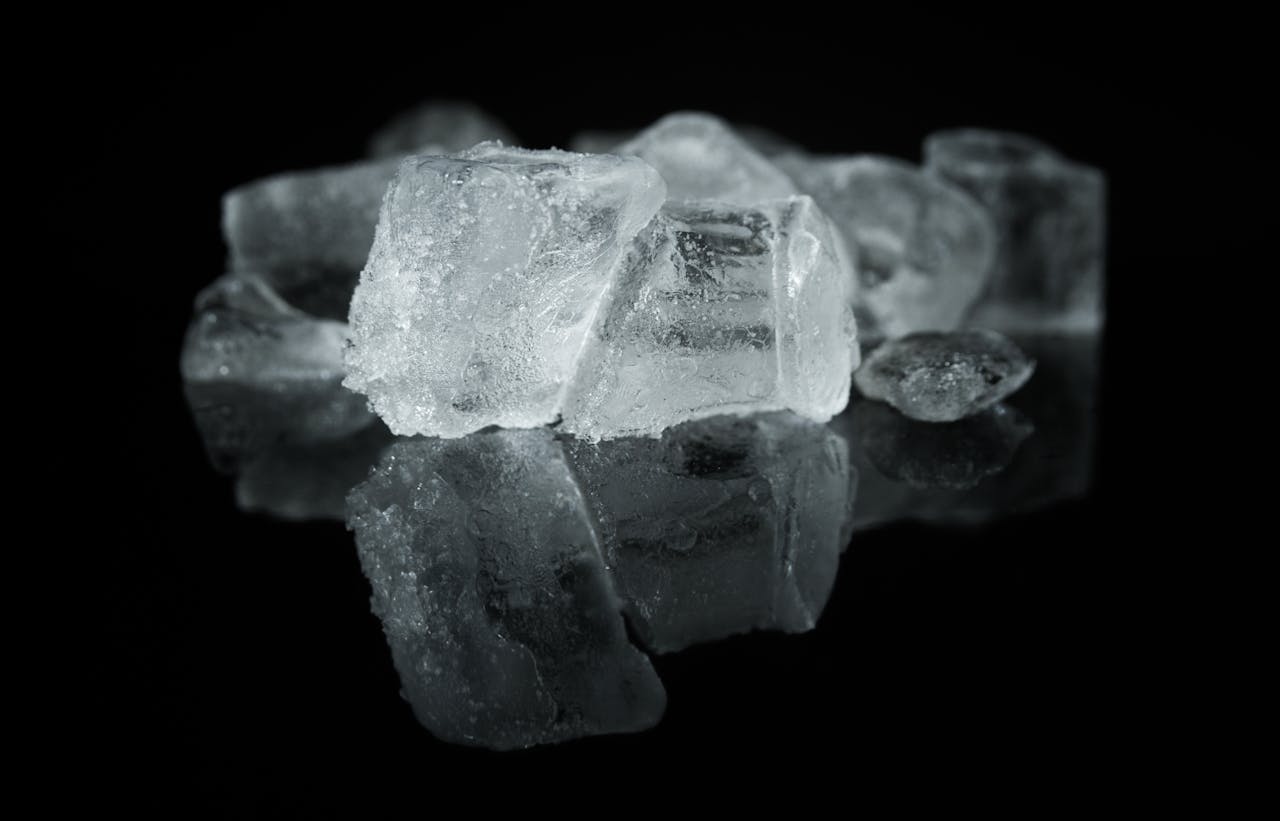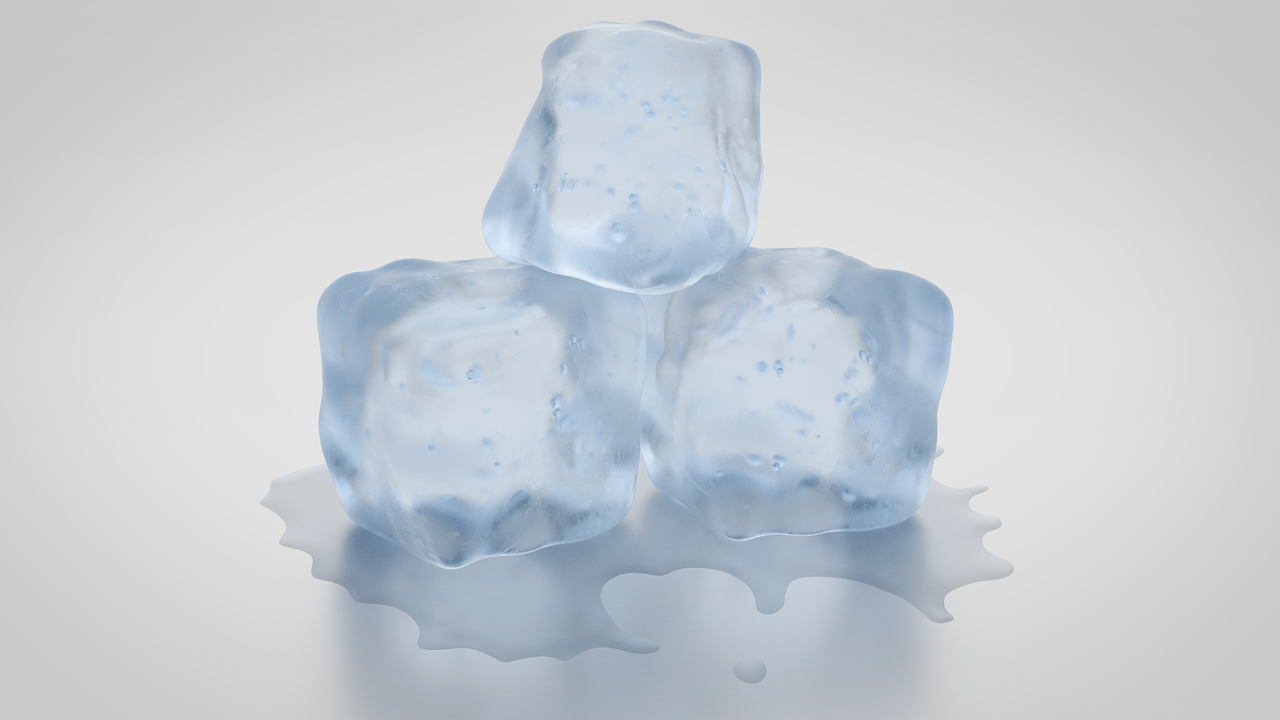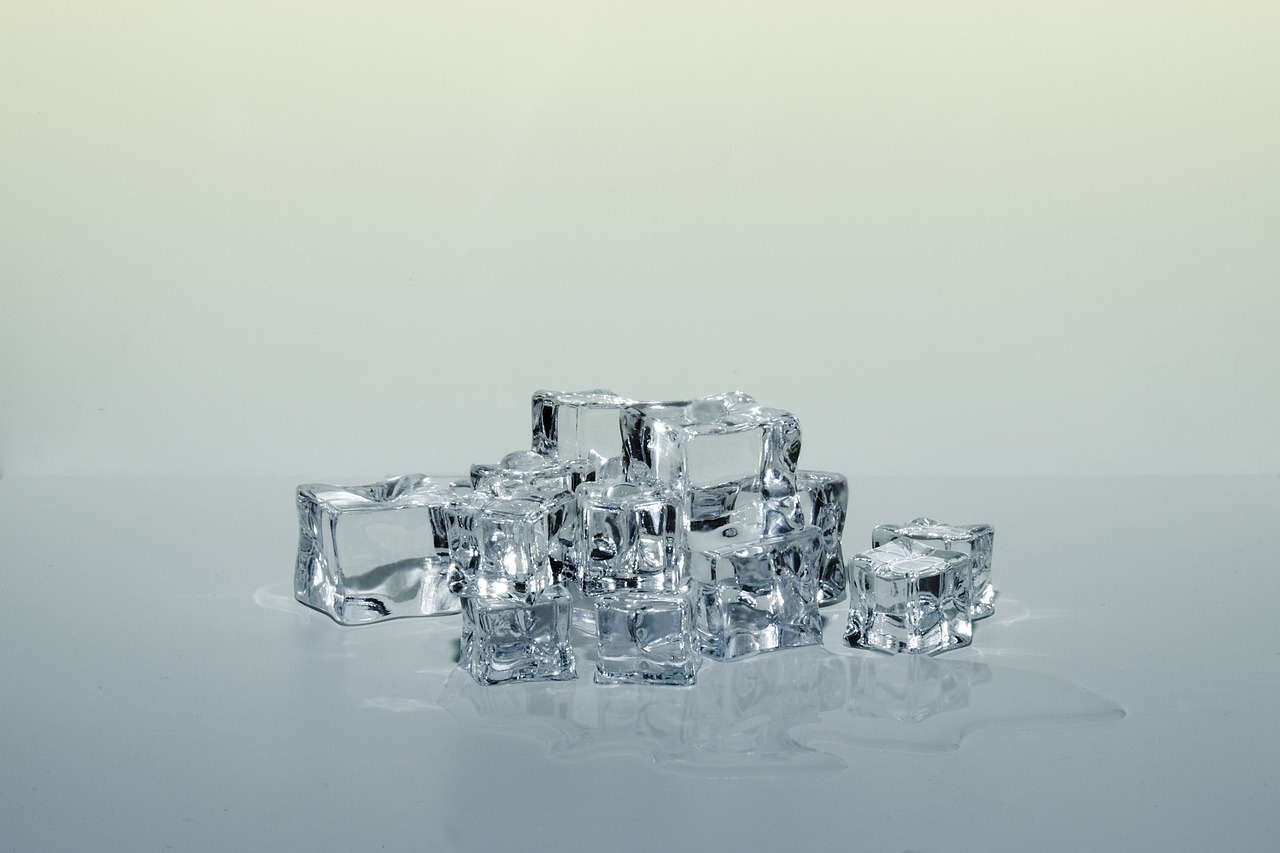Your stovetop is an essential kitchen appliance that you rely on daily to prepare meals for yourself and your family. When it malfunctions, it can disrupt your entire routine. Before you call a professional repair service, there are several steps you can take to troubleshoot and potentially fix the issue yourself. This comprehensive guide will walk you through common stovetop problems, diagnostic techniques, and solutions.

1. Understanding Your Stovetop
Types of Stovetops
Stovetops come in various designs and technologies. Understanding what type you have is the first step in troubleshooting any issues.
- Electric Stovetops: These use electric heating elements to cook food. They can be further categorized into coil and smooth top models.
- Gas Stovetops: These use gas burners to produce an open flame. They are favored for their precise temperature control.
- Induction Stovetops: These use electromagnetic fields to directly heat pots and pans. They are known for their energy efficiency and safety features.
Key Components of a Stovetop
Knowing the parts of your stovetop helps in understanding where issues might arise.
- Burners: The heating elements in electric stovetops or gas outlets in gas stovetops.
- Igniters: Components that ignite the gas in gas stovetops.
- Knobs and Controls: Used to adjust the heat level.
- Drip Pans/Trays: Catch food spills and debris.
- Heating Elements: In electric models, these are the coils or the smooth surface.
- Thermostat: Regulates the temperature in electric stovetops.
- Circuit Boards and Wiring: Electrical components that control the functionality of the stovetop.
2. Safety Precautions
Before you begin troubleshooting, ensure you follow these safety guidelines to prevent injury or further damage to your appliance.
General Safety Tips
- Always unplug the stovetop or turn off the gas supply before beginning any inspection or repair.
- Allow the stovetop to cool completely before touching any components.
- Wear protective gloves and eyewear.
- Keep a fire extinguisher nearby in case of emergencies.
Electrical Safety
- Ensure your hands are dry before working on any electrical component.
- Use insulated tools to avoid electric shocks.
- If you’re uncertain about handling electrical parts, it’s better to call a professional.
Gas Safety
- Check for gas leaks before starting any troubleshooting. If you smell gas, ventilate the area immediately and avoid using any open flames or electrical switches.
- Use a gas detector or soapy water solution to check for leaks at connections.
3. Common Stovetop Issues and How to Diagnose Them
Electric Stovetop Issues
-
Burners Not Heating
-
-
- Possible Causes: Faulty heating element, damaged burner socket, defective switch, or wiring issues.
- Diagnosis: Test each burner individually, check connections, and use a multimeter to test for continuity.
-
-
Uneven Heating
-
-
- Possible Causes: Worn-out heating elements, improper cookware, or faulty temperature control.
- Diagnosis: Inspect the heating elements for wear and tear, ensure flat-bottomed cookware, and test the thermostat.
-
-
Indicator Light Stays On
-
- Possible Causes: Defective switch or wiring issues.
- Diagnosis: Check the switches for continuity and inspect wiring for shorts.
Gas Stovetop Issues
-
Burner Won’t Light
-
-
- Possible Causes: Clogged burner, faulty igniter, or gas supply issues.
- Diagnosis: Clean the burner ports, test the igniter for a spark, and ensure the gas valve is open.
-
-
Weak Flame
-
-
- Possible Causes: Clogged burner ports, low gas pressure, or faulty regulator.
- Diagnosis: Clean the burner, check the gas pressure, and inspect the regulator.
-
-
Noisy Flame
-
- Possible Causes: Airflow issues, improper gas mixture, or defective burner.
- Diagnosis: Adjust the air shutter, check for proper gas mixture, and inspect the burner for defects.
4. Step-by-Step Troubleshooting Guide
Electric Stovetop: Burners Not Heating
-
Check the Power Supply
-
-
- Ensure the stovetop is plugged in and the circuit breaker is not tripped.
- Use a multimeter to verify the outlet is providing the correct voltage.
-
-
Test the Heating Elements
-
-
- Remove the burner and inspect it for visible damage or wear.
- Use a multimeter to check for continuity. Replace the element if it’s defective.
-
-
Inspect the Burner Socket
-
-
- Examine the socket for burn marks or corrosion.
- Test the socket with a multimeter for continuity and replace it if necessary.
-
-
Check the Switches
-
-
- Remove the control knobs and panel to access the switches.
- Test each switch for continuity and replace any that are faulty.
-
-
Inspect Wiring and Connections
-
- Look for any loose, burnt, or damaged wires.
- Repair or replace any faulty wiring.
Electric Stovetop: Uneven Heating
-
Check the Cookware
-
-
- Ensure the cookware has a flat bottom and is of the appropriate size for the burner.
- Ensure the cookware has a flat bottom and is of the appropriate size for the burner.
-
-
Inspect the Heating Element
-
-
- Check for signs of wear or damage.
- Use a multimeter to test for even resistance across the element.
-
-
Test the Thermostat
-
-
- Access the thermostat and use a multimeter to check for proper function.
- Replace the thermostat if it’s defective.
-
-
Check for Proper Installation
-
- Ensure the stovetop is level and securely installed.
Electric Stovetop: Indicator Light Stays On
-
Inspect the Switch
-
-
- Test the control switch for continuity when it’s in the off position.
- Replace the switch if it’s defective.
-
-
Check the Wiring
-
- Look for short circuits or damaged wires.
- Repair or replace any faulty wiring.
Gas Stovetop: Burner Won’t Light
-
Clean the Burner
-
-
- Remove the burner cap and clean the ports with a needle or brush to remove debris.
- Remove the burner cap and clean the ports with a needle or brush to remove debris.
-
-
Test the Igniter
-
-
- Turn the burner knob to the ignition position and listen for a clicking sound.
- If there’s no sound, check the igniter wiring and replace the igniter if necessary.
-
-
Check the Gas Supply
-
- Ensure the gas valve is open and there are no leaks.
- Test the gas pressure if you have the appropriate tools.
Gas Stovetop: Weak Flame
-
Clean the Burner Ports
-
-
- Remove any blockages in the burner ports using a brush or needle.
- Remove any blockages in the burner ports using a brush or needle.
-
-
Check Gas Pressure
-
-
- Verify the gas pressure using a manometer. If the pressure is low, contact your gas provider.
- Verify the gas pressure using a manometer. If the pressure is low, contact your gas provider.
-
-
Inspect the Regulator
-
- Test the gas regulator and replace it if it’s malfunctioning.
Gas Stovetop: Noisy Flame
-
Adjust the Air Shutter
-
-
- Locate the air shutter near the burner and adjust it to achieve a steady flame.
- Locate the air shutter near the burner and adjust it to achieve a steady flame.
-
-
Check Gas Mixture
-
-
- Ensure the correct gas mixture by adjusting the regulator or contacting a professional.
- Ensure the correct gas mixture by adjusting the regulator or contacting a professional.
-
-
Inspect the Burner
-
- Look for any damage or defects in the burner and replace it if necessary.
5. Maintenance Tips to Prevent Future Problems
Regular Cleaning
- Clean your stovetop regularly to prevent buildup of food debris and grease.
- Use appropriate cleaning products for your stovetop type (e.g., non-abrasive cleaners for smooth tops).
Component Inspection
- Periodically inspect burners, heating elements, igniters, and other components for wear and tear.
- Replace any parts that show signs of damage.
Professional Maintenance
- Schedule regular maintenance with a professional to ensure your stovetop is in optimal working condition.
- Follow the manufacturer’s maintenance recommendations.
6. When to Call a Professional
Identifying Irreparable Damage
- If you find any components that are severely damaged or beyond your ability to repair, it’s time to call a professional.
Safety Concerns
- If you’re uncomfortable working with gas or electrical components, it’s safer to seek professional help.
- Always prioritize your safety and the safety of those around you.
Conclusion
Troubleshooting your stovetop can save you time and money. By understanding common issues and how to diagnose and fix them, you can keep your kitchen running smoothly. However, always prioritize safety and know when to call a professional for help. Regular maintenance and proper use will also extend the life of your stovetop, ensuring it remains a reliable appliance in your home.
By following the steps outlined in this guide, you should be able to address most stovetop issues effectively. Remember, while DIY repairs can be rewarding and cost-effective, your safety is paramount. If you ever feel unsure about a repair, don’t hesitate to seek professional assistance.
Zuta Appliance Repair: Revitalizing Berkeley Kitchens with Premier Stovetop Repair Services
In the bustling atmosphere of Berkeley, CA, where the fast pace of life demands reliability, Zuta Appliance Repair is your essential partner for a smoothly running kitchen. We understand the vital role your stovetop plays in preparing meals and optimizing cooking efficiency. Dedicated to exceptional stovetop maintenance and repair services, we provide more than just a service – we offer a commitment to quality, integrity, and environmental responsibility, enhancing your home’s functionality and your overall quality of life. Our specialized repair services rejuvenate your appliance, extend its lifespan, and reduce energy bills.
Solve a wide range of stovetop issues with Zuta Appliance Repair. Our skilled team, equipped with expertise and a friendly demeanor, ensures your stovetop needs are met with efficient and eco-friendly solutions. This isn’t just about repairs; it’s about peace of mind with a perfectly functioning kitchen, making Zuta Appliance Repair an essential choice for every Berkeley homeowner. Enhance your kitchen’s efficiency and protect your home from premature wear and tear. Contact us at (415) 592-4633 and let Zuta Appliance Repair extend the life of your stovetop, ensuring it remains a central part of your daily life with convenience, efficiency, and peace of mind.
Disclaimer
The materials available on this website are for informational and entertainment purposes only and not to provide legal or professional advice. You should contact your attorney or home improvement specialist to obtain advice concerning any particular issue or problem. You should not act or refrain from acting based on any content included in this site without seeking legal or other professional advice. The information presented on this website may not reflect the most current home improvement developments. No action should be taken in reliance on the information on this website. We disclaim all liability concerning actions taken or not taken based on any or all of the contents of this site to the fullest extent permitted by law.

